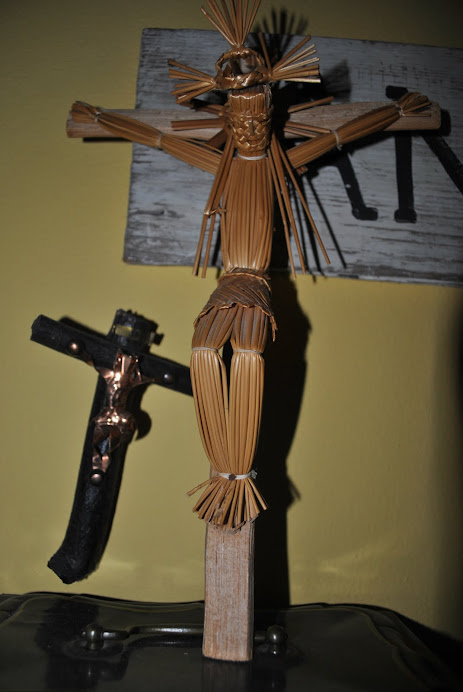I knew nothing about the pottery pitcher shaped like a fish when I first spotted it 20 years ago at an antiques auction.
My husband and I had just purchased a dilapidated 1926 bungalow that we were renovating, and I was looking for some inexpensive antique fixtures to replace the modern ones installed by the previous owners. The ad for the auction promised a working 1920s Chambers stove and a claw-foot bathtub.
As I perused the goodies up for bid, the fish pitcher caught my eye and I was captivated by the pastel colors of the piece -- the pink, gray and turquoise hues -- as well as the detail of the design.
Judging from the crazing, the piece was old. I had no idea how old. I just fell in love with it and decided to bid, hoping it wouldn't go out of my price range.
It didn't. I won the pitcher for $15, knowing it would soon occupy a place of honor on my antique pine stepback cupboard.
Later, while glancing through a book on antiques, I spotted an identical fish pitcher and was surprised to learn I owned a piece of Victorian majolica pottery. That began a 20-year preoccupation with majolica and an extensive collection that's taken over my living room.
Potter Herbert Minton first introduced majolica at London's Crystal Palace Exhibition in 1851. Minton designed the pottery and chemist Leon Arnoux developed the glazing process.
The pottery was an instant hit with Victorians who were fascinated by nature and loved the subjects of the pottery -- leaves, seashells, fish, birds, flowers, fruit.
Majolica is a porous eathernware fired at a low temperature, giving it a light yellow color. The pottery is then painted with glazes made from tin or lead. Then it is re-fired.
The lustrous glaze and soft colors made the pottery especially appealing. Soon, potters throughout Europe and across the pond in the United States were following Minton's example and producing majolica pieces.
The potters were extremely creative in their designs, turning corn cobs into pitchers and cauliflower florets into teapots.
Some of the more rare examples and pieces by the more coveted makers, like Minton, fetch thousands of dollars today.
However, you still can purchase some beautiful majolica leaf plates for as little as $30 on ebay.
Just be careful. There are quite a few reproductions being made. It's easy to tell the real McCoy, however. The new majolica just hasn't been able to duplicate the richness of color of the original pieces.
That's not to say you shouldn't purchase reproductions. I bought a beautiful reproduction cheese keeper for a song, knowing I'd never be able to afford the real thing.
Don't pass up chipped pieces if they are reasonably priced, either. They can be professionally repaired, and majolica is one of the few antiques that aren't greatly devalued if repaired.









No comments:
Post a Comment